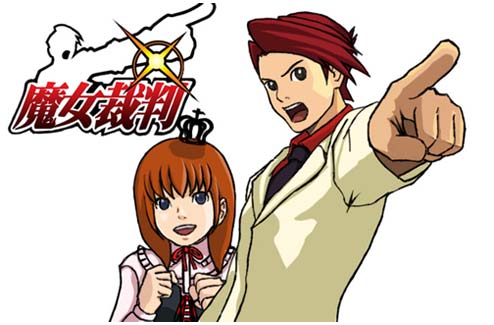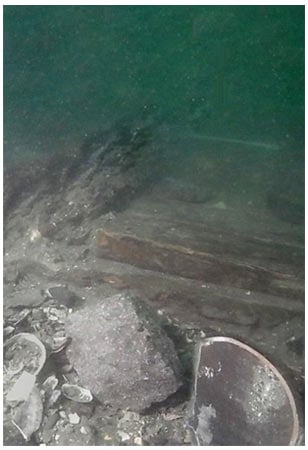Learning a new language means getting used to new linguistic concepts, and there are constructs in Japanese that are very different from English. In English we have two demonstrative pronouns, “this” and “that,” but in Japanese there are always three: kore, sore and are (koh-reh, soh-reh and ah-reh), which correspond to “this” (something near me), “that” (something new you, or a short distance away) and “that one over there” (something far from both of us). Getting used to three location concepts instead of two was a challenge, and my brain felt uncomfortable at first. What was the exact distance in inches where something went from being sore to are? We bugged our teacher with many questions like this, to her great annoyance. The word are (“that thing over there”) takes on an additional role as a vague catch-all term for any word you can’t recall or don’t want to specify for some reason (yes, including some ecchi ones). It’s also used as a generic exclamation similar to “huh?” or “what?”

“No, that one, that one over there! あれだよ、あれ!”















